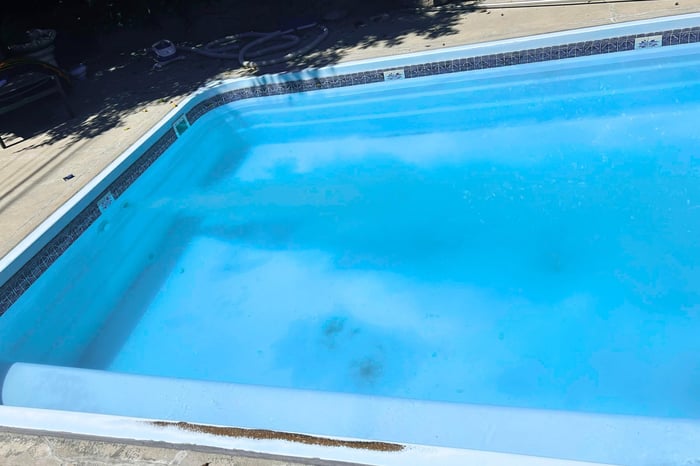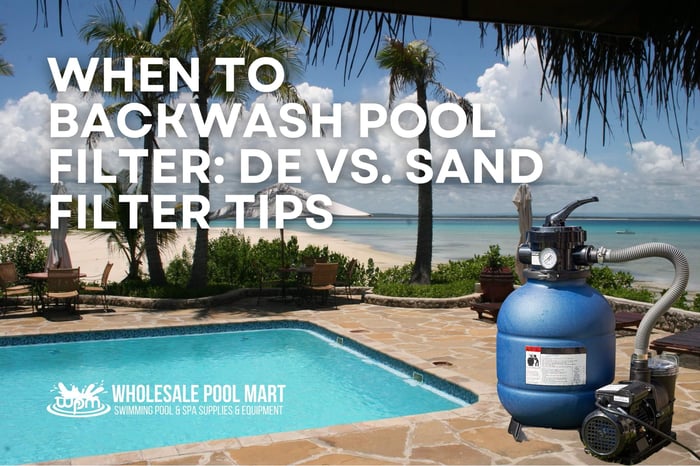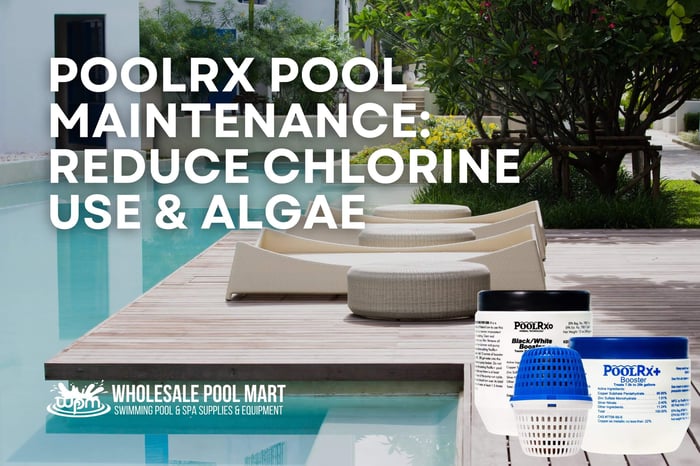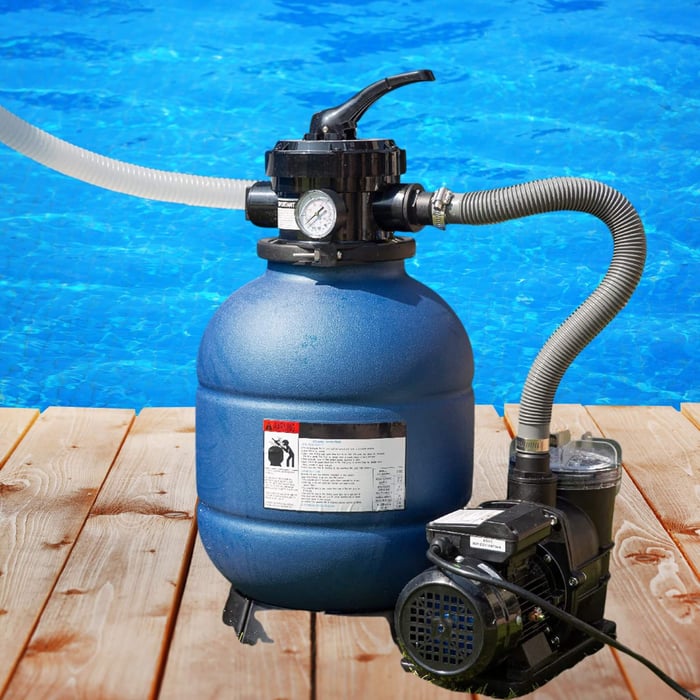Knowing when to backwash pool filter systems—whether DE or sand—is essential to keeping your pool water clean and your equipment running efficiently. A clogged filter can lead to pressure buildup, poor circulation, and cloudy water. Whether you're running a Pentair FNS Plus, Hayward ProGrid, or Jandy DEV60, regular backwashing keeps your system in top shape. In this guide, we’ll break down how often to backwash each type of filter and how to spot the signs that it’s time to flush your system.
What Happens When You Backwash Pool Filter Systems?
When you backwash pool filter systems, you reverse the water flow to push trapped contaminants out through the waste line. This is essential for restoring normal flow, reducing pressure, and maintaining proper filtration. Over time, filters accumulate fine debris, body oils, pollen, and more—especially DE models that rely on grids to hold powdered media.
Failing to backwash leads to higher pressure, poor circulation, and dirty water. Backwashing on time prevents costly issues with the filter or pump.

Backwashing DE Filters: Guidelines and Frequency
For diatomaceous earth (DE) filters like the FNS Plus, a good rule of thumb is to backwash:
Once a month during swim season
Whenever filter pressure increases by 8 to 10 PSI
After storms or heavy debris buildup
After backwashing a DE filter, it’s critical to add the correct amount of fresh DE powder through the skimmer while the pump is running. You’ll also want to deep clean your internal filter grids every 4–6 months or when water clarity drops despite clean chemistry.
EP Minerals Celatom Diatomaceous Earth Filter Powder | 25 lbs. | DE25

$19.99
$42.99
Diatomaceous Earth (DE) is a completely natural substance that effectively filters contaminants in your pool, capturing particles as small as 2 to 5 microns. Comprising microscopic, coffin-shaped hollow particles resembling miniature sponges, DE forms a porous powder. This unique structure… read more
How Often Should You Backwash a Sand Filter?
If you're using a sand filter like the Hayward ProSeries or Pentair Tagelus, backwash it:
Every 4 to 6 weeks during active pool use
Whenever pressure rises by 8–10 PSI
After major cleanups like pollen, leaves, or algae
Sand filters don’t need powdered media, but the sand inside should be replaced roughly every 3–5 years to maintain effectiveness. When you Backwash pool filter systems it helps extend the life of the sand by removing contaminants that clog up the pores between grains.
When to Backwash: What to Watch For
Even if you don’t see visible debris, your filter might still need to be cleaned. Watch for:
Elevated pressure on the filter gauge
Sluggish or weak water flow
Cloudy water despite balanced chemistry
Persistent air in the system
These symptoms may indicate it’s time to backwash the pool filter, or that you need to open it up and inspect internal parts for damage or clogging.
Need Replacement Filter Grids or Backwash Hoses?
Backwashing helps, but sometimes your equipment needs more. If your filter grids are torn, your valves are worn, or your backwash hose is cracked, it’s time to replace them. Use our Replacement Parts Finder tool right from the homepage—just enter your filter brand and model, and you’ll see an interactive diagram of every compatible part for your system.
This is the easiest way to locate DE filter grids, sand filter laterals, backwash hoses, O-rings, valves, and more—without guessing.
Blue Devil 50' Heavy Duty Backwash Hose With Clamp | 2" | B8258

$24.99
$29.99
The Blue Devil Valterra 50' Backwash Hose with Clamp B8258 is an essential accessory for maintaining pool filtration efficiency by effectively removing wastewater. Built from tough 22 mil reinforced vinyl, this 2-inch by 50-foot hose offers durability and flexibility, with the… read more
Final Takeaway: Know Your Filter and Stay Ahead of Problems
Keeping your DE or sand filter clean through regular backwashing is one of the simplest ways to protect your pool. It boosts filtration efficiency, prevents pressure spikes, and helps you avoid long-term damage to your filter or pump.
Watch your gauge, track your schedule, and don’t forget—when in doubt, inspect your parts and run a full cleanout. If you spot anything worn or broken, the parts finder on our homepage can help you get what you need fast.




